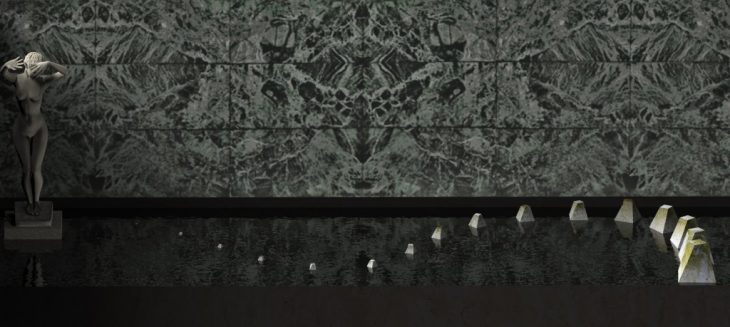
BRIEF
To design an architectural installation which explores the applications and implications of looping and recursive strategies defined within the Mies van der Rohe Pavilion.
Taking influence from the Ry?an-ji Zen garden in Kyoto, Japan, a thought occurred to me, why are the rocks placed in this way, and by using recursion, could this computational tool be used to define new points for rock placement? By utilizing the boundaries of the tranquil ponds of the Mies van der Rohe Pavilion, this project explores and visualizes patterns of a recursive zen garden.
CODE ONE
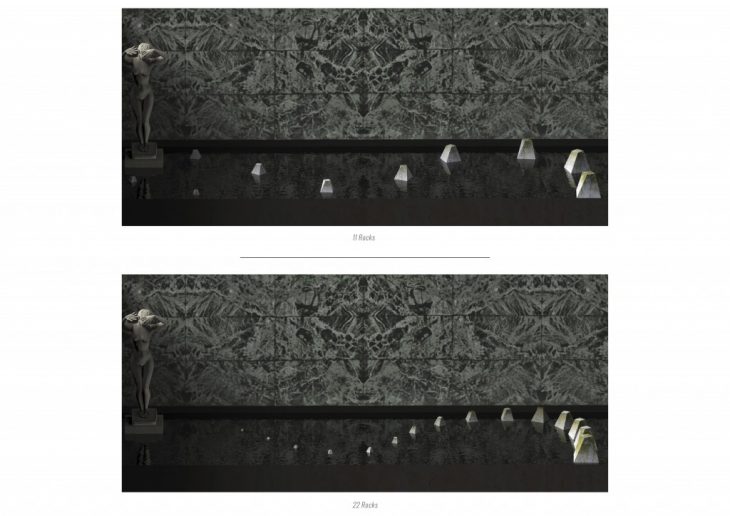
PROTOCOL – CODE ONE
- Define your geometry.
- Taking reference from the rock in the famous Kyoto garden, the shape is a prism, constructed using a rectangle component, with the top curve scaled and lofted, with an optional rotation accent.
- Draw a curve in Rhino and define your planes along a curve.
- Attach your geometry to Anemone.
- Find your geometry center and attache it to your scale component, defined inside the anemone loop.
- Taking reference from your plane count, list your target point and orient your geometry along the plane curve.
- Connect to Anemone loop end and recurse your geometry along the defined curve.
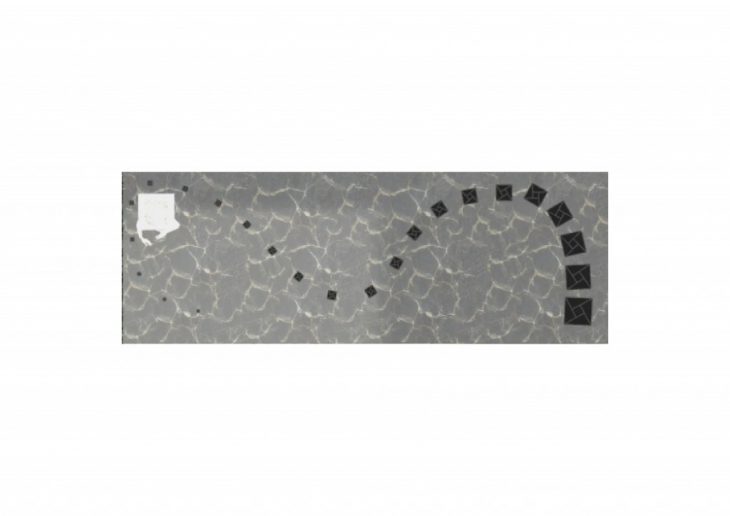
CODE TWO
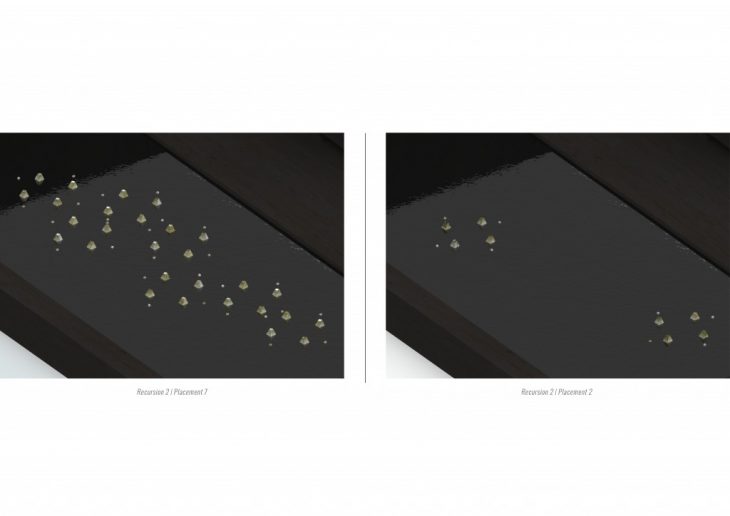
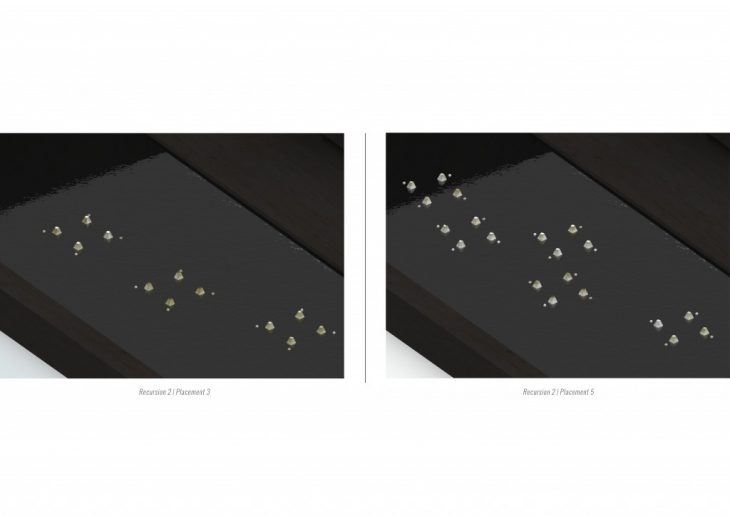
RECURSIVE ROTATIONS
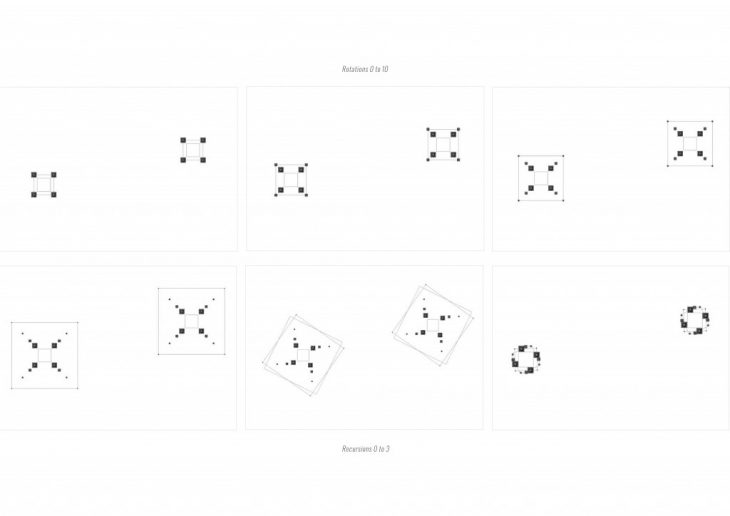
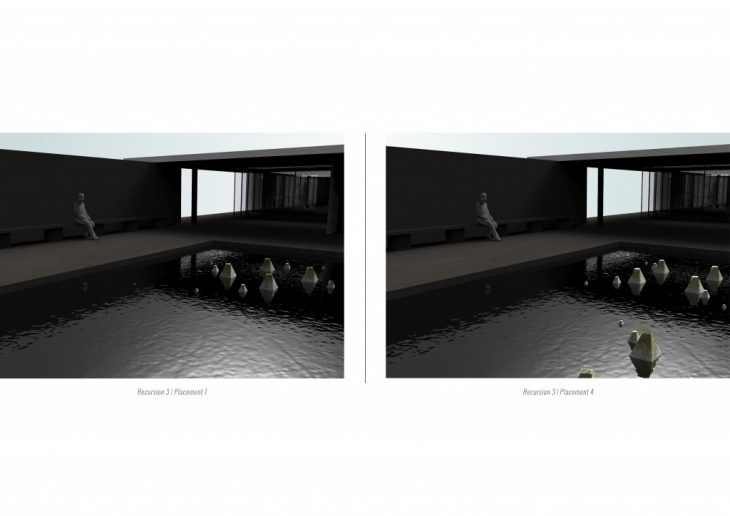
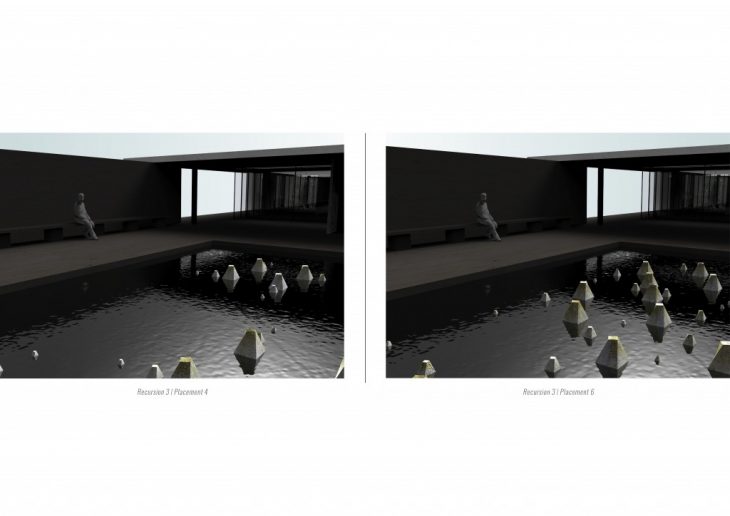 PROTOCOL – CODE TWO
PROTOCOL – CODE TWO
- Create a border curve in Rhino and populate the area with points.
- Connect your geometry.
- List one point to target the beginning placement of your geometry, defining it with the first rectangle.
- Place the rectangle in anemone and scale based on the center of your initial geometry.
- Define the corner points as centers for the scaled/recursed geometry.
- Connect a rotation component to the scaled rectangles to orient the geometry in a spiral/fractal-like manner.
- Merge and connect to Anemone loop end to view the recursed outputs.
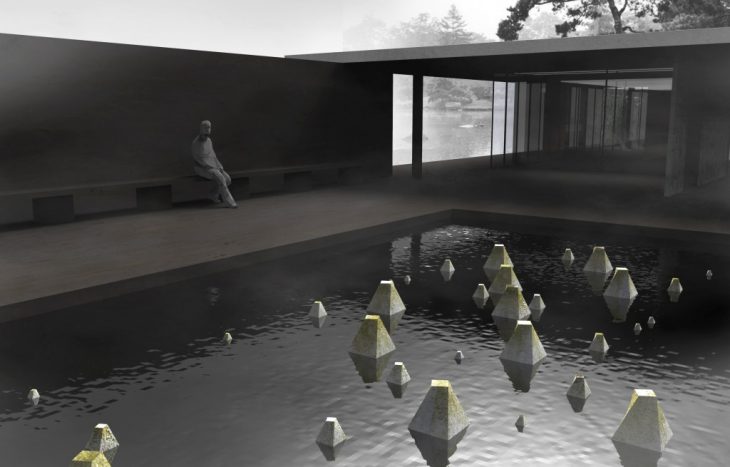
PRECEDENCE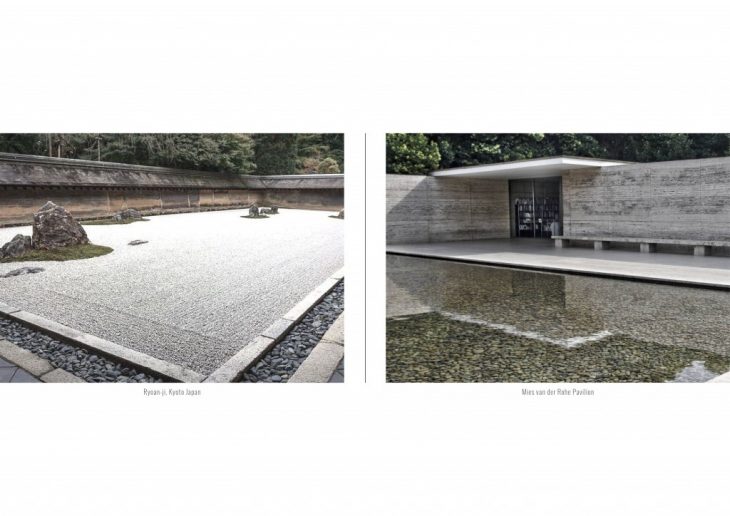
Recursive Zen Garden is a project of IaaC, Institute for Advanced Architecture of Catalonia developed at Master in Advanced Architecture, in 2018/2019
By: Olivia Alvarez
Faculty: Rodrigo Aguirre
Student Assistant: Nikoleta Mougkasi
